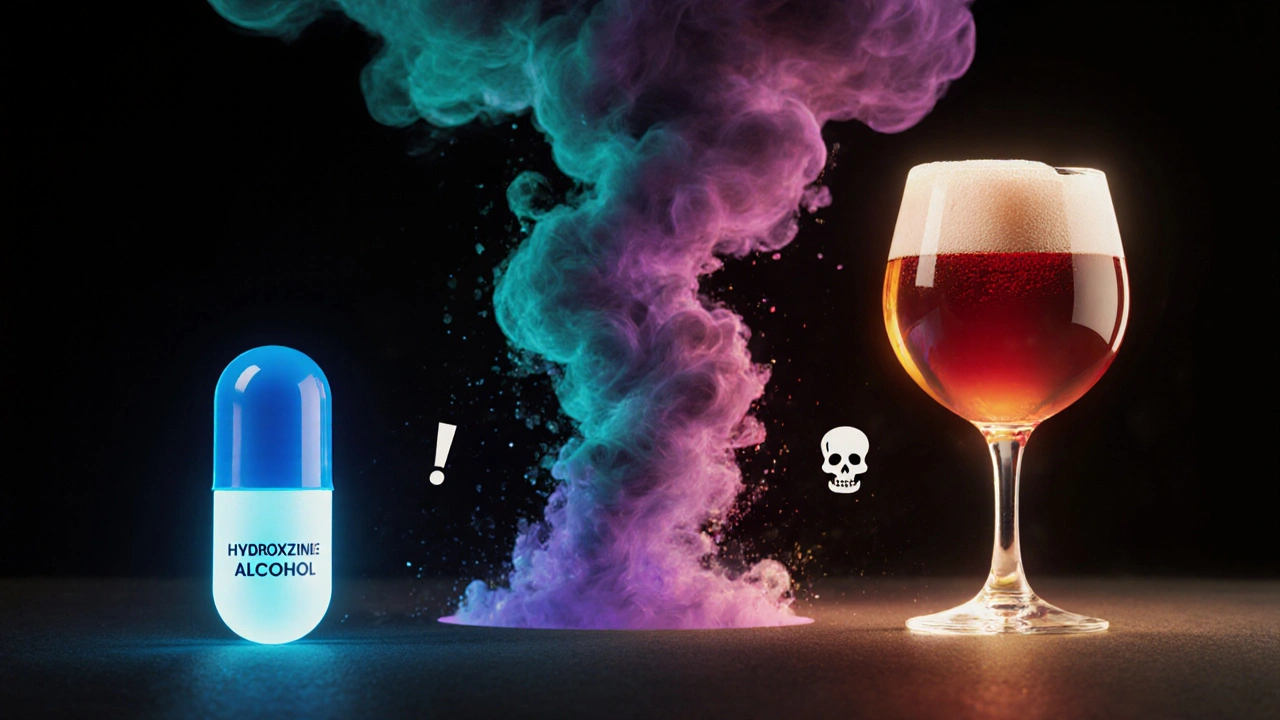Alcohol and Medication Interactions: What You Need to Know
When dealing with alcohol and medication, the combination of drinking alcohol while taking prescription or over‑the‑counter drugs can change how the body handles those medicines. Also known as alcohol‑medication interaction, it matters for anyone who wants to avoid unexpected side effects.
At the core of every interaction is the medication, a chemical designed to target a specific condition. Whether it's an antidepressant, blood‑pressure pill, or pain reliever, each drug follows a precise absorption, distribution, metabolism, and excretion pathway. When you add alcohol, those pathways can be disrupted, leading to higher or lower drug levels than intended.
Key Factors to Consider
The liver is the body’s processing hub, and its liver metabolism, primarily driven by enzymes like CYP450, determines how quickly a drug is broken down. Alcohol competes for the same enzymes, often slowing the breakdown of the medication. Slower metabolism means the drug stays longer in the bloodstream, raising the chance of toxicity. Conversely, some enzymes speed up, reducing efficacy and leaving the condition untreated.
One immediate sign of a problem is intensified side effects, the unwanted reactions that occur when a drug affects other body systems. For example, mixing alcohol with sedatives can cause extreme drowsiness, while combining it with NSAIDs may increase stomach bleeding risk. The severity often depends on dose, timing, and individual health status.
Beyond enzyme competition, alcohol can create its own drug interactions, situations where two substances influence each other's impact on the body. These interactions are not limited to metabolism; they can alter heart rate, blood pressure, or neuro‑chemical balance, amplifying both therapeutic and adverse effects.
Understanding these connections is vital because the stakes are real. A person taking anticoagulants like warfarin may experience dangerous bleeding if they drink heavily, while someone on antibiotics such as metronidazole risks a severe reaction known as a disulfiram‑like response. Even seemingly harmless drugs like antihistamines can cause extreme dizziness when mixed with alcohol.
What can you do to stay safe? First, read the medication label or patient information leaflet – manufacturers often flag alcohol warnings. Second, talk to your pharmacist or doctor about your drinking habits; they can suggest alternatives or adjust dosages. Third, use a simple rule of thumb: if a drug class is labeled as “CNS depressant,” avoid alcohol entirely. Finally, keep a personal log of any new symptoms after drinking while on medication; patterns can reveal hidden risks.
In the articles below you’ll find detailed breakdowns of specific drug classes, tips for managing occasional social drinking, and step‑by‑step guides on how to talk to your healthcare provider about alcohol use. Whether you’re looking for quick safety checks or in‑depth explanations, this collection equips you with the knowledge to make informed choices about alcohol and medication.
- October
15
2025 - 5
Hydroxyzine and Alcohol: Why This Mix Is a Hazard
Learn why mixing hydroxyzine with alcohol is risky, recognize danger signs, and get safe alternatives. Follow clear guidelines to protect your health.
Read More